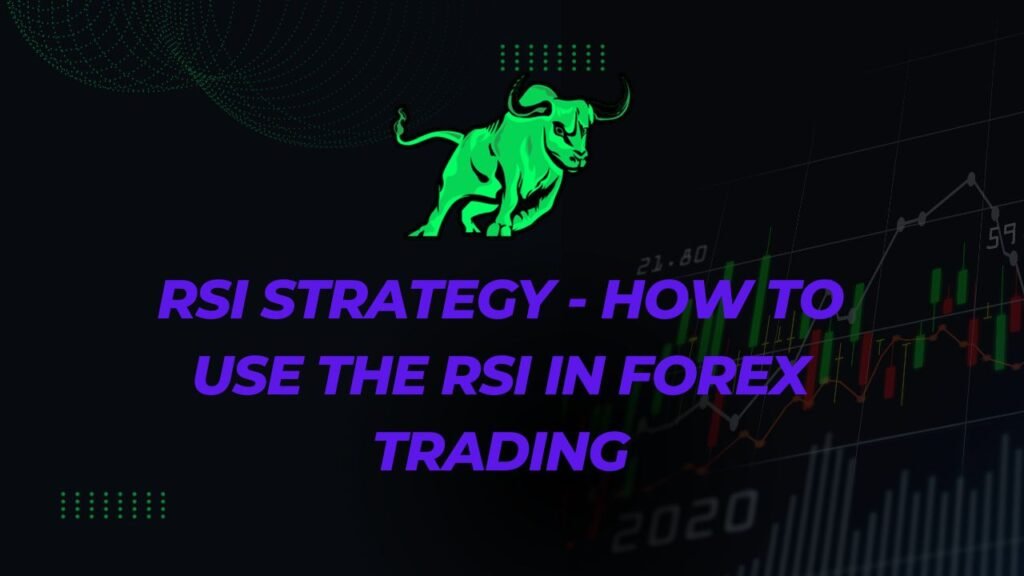
Welcome to the exciting world of Forex trading, where every decision can lead to profit or loss. One tool that can significantly enhance your trading prowess is the Relative Strength Index (RSI). In this comprehensive guide, we’ll delve into the RSI strategy, equipping you with the knowledge to make informed trading decisions.
The RSI Demystified: How to Use the RSI in Forex Trading
Understanding the RSI Indicator
The Relative Strength Index, or RSI, is a momentum oscillator that gauges the speed and change of price movements. It oscillates between 0 and 100 and is a favorite among traders for identifying overbought and oversold conditions.
Applying the RSI: Step by Step
Step 1: Choosing the Right Timeframe
Select a timeframe that aligns with your trading style. Shorter timeframes (e.g., 14 periods) suit day traders, while longer ones are ideal for swing traders.
Step 2: Interpretation of RSI Levels
- RSI Above 70: Overbought – Consider selling or exiting a long position.
- RSI Below 30: Oversold – Think about buying or exiting a short position.
Step 3: Divergence Signals
Pay attention to price-RSI divergences. If the price makes a new high while RSI doesn’t, it may signal a reversal.
Real-Life RSI Strategies
Strategy 1: RSI in Trend Confirmation
Imagine you’re trading the EUR/USD pair, and you notice an uptrend. You wait for the RSI to move above 70, confirming the strength of the trend. This can be an entry signal for a long position.
Strategy 2: RSI for Divergence Trading
In this scenario, you’re trading GBP/JPY, and you spot a bearish divergence. RSI is showing lower highs while the price is making higher highs. This suggests a potential trend reversal, prompting you to consider shorting the pair.
FAQs: Your RSI Strategy Questions Answered
Q: Can the RSI be used with other indicators?
A: Absolutely. Combining RSI with other indicators can provide more robust trading signals.
Q: What is the best RSI period?
A: The optimal period can vary, but 14 is a common default choice. Experiment with different periods to find what works for your trading style.
Conclusion: Empowering Your Forex Journey with RSI
Armed with the RSI strategy, you have a powerful tool at your disposal. By understanding RSI levels, spotting divergences, and applying real-life strategies, you’re well on your way to becoming a savvy Forex trader.
So, go ahead, incorporate the RSI into your trading arsenal, and embark on your Forex trading journey with confidence and precision.